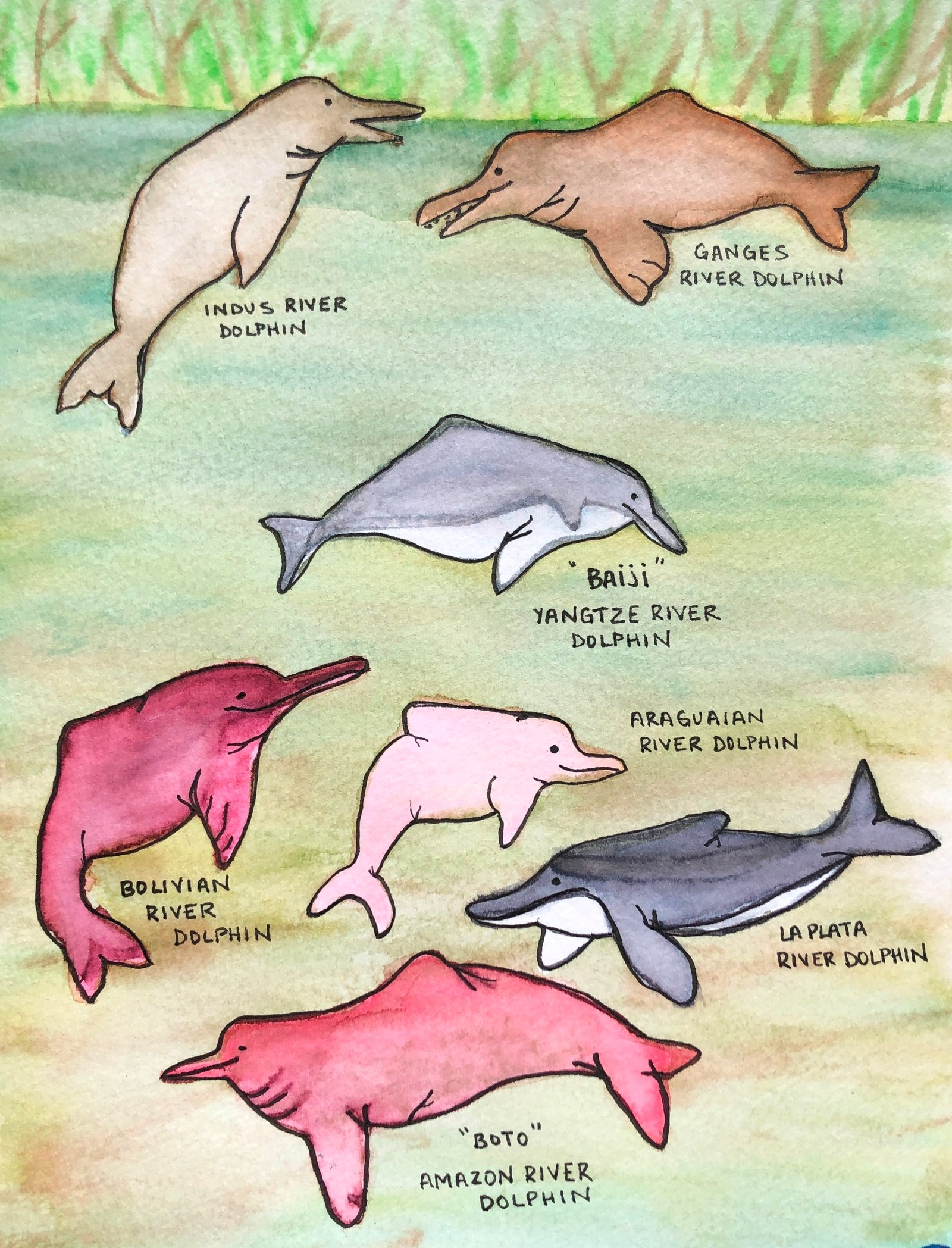Environment
Punjab does a deep dive
for Indus dolphins
·
Scientific
Name: Platanista minor. Indus River dolphins are believed to own originated
within the ancient Tethys ocean.
·
When the ocean
dried up roughly fifty million years agone, the dolphins were forced to adapt
to its only remaining habitat—rivers.
·
Today, theyll
only be found within the lower elements of the Indus|river} in Pakistan and in
River Beas, a tributary of the Indus River in Punjab, India.
·
They have
custom-made to life within the muddy watercourse and are functionally blind.
·
They rely on
echolocation to navigate, communicate and hunt prey as well as prawns, catfish,
and carp.
·
It has been
named because the national mammal of Pakistan, and therefore the state aquatic
animal of Punjab, India.
·
IUCN status: Endangered.
·
They live for
a minimum of for thirty years and grow over two metres long. Currently, Indus
and ganges river|river} dolphins are classified as 2 subspecies under South
Asian River dolphins(Platanistagangetica).
·
Gangetic
dolphin Gangetic river dolphin is primarily found within the Ganges and
Brahmaputra Rivers and their tributaries in India, Bangladesh, and Nepal.
·
Habitat: they
like deep waters in and round the confluence of rivers. They conjointly act as
an indicator of the health of the freshwater ecosystem as theyll only live in
freshwater.
·
The Gangetic
dolphin is India’s national aquatic animal.
IUCN Status: vulnerable
CITES: Appendix I (It means that we cannot transfer
any tissue or sample to foreign countries while not obtaining CITES permission
from the Competent
Authority of government of India) wildlife
(Protection), Act 1972: Schedule
1. Vikramshila Gangetic Dolphin Sanctuary (VGDS) in
Bihar is India’s individual sanctuary for the Gangetic dolphin.


Comments